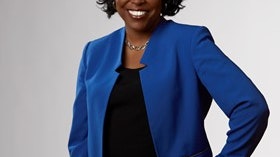Homepage
•
Learning Library
•
Blog
•
Mila Thomas Fuller brings unique perspective to ISTE Board
Expand breadcrumbs
Expand breadcrumbs
- Learning Library
- Blog
- Mila Thomas Fuller brings unique perspective to ISTE Board
- Homepage
- •
- Learning Library
- •
- Blog
- •
- Mila Thomas Fuller brings unique perspective to ISTE Board
Mila Thomas Fuller brings unique perspective to ISTE Board
By Team ISTE
September 28, 2015








